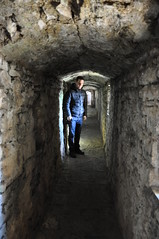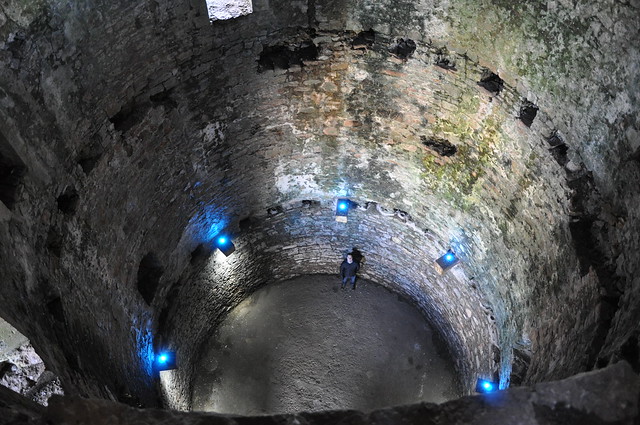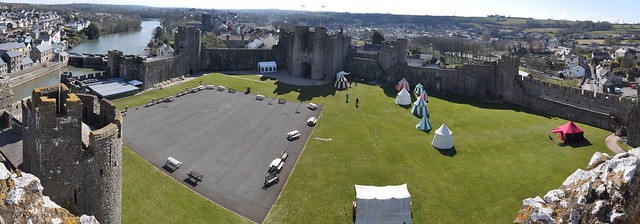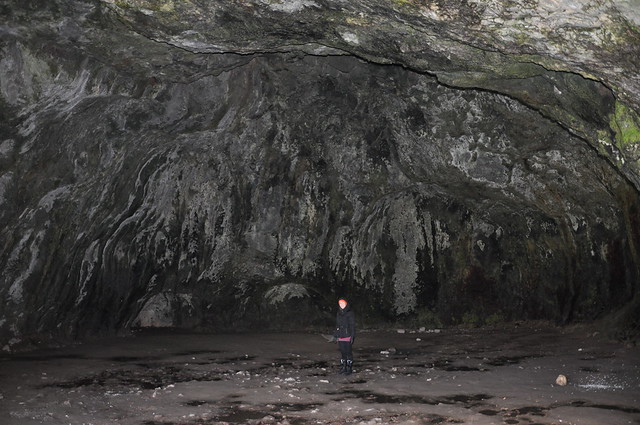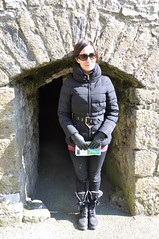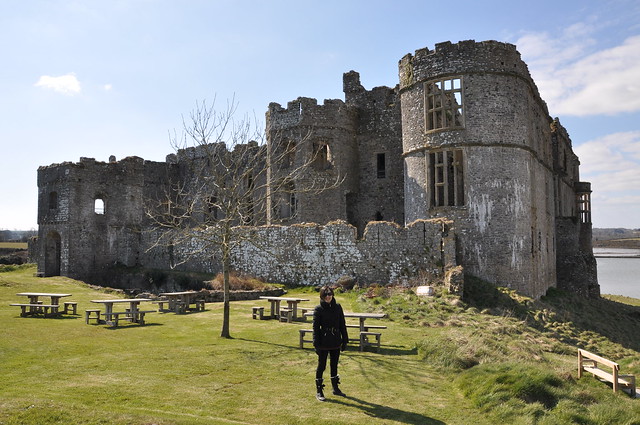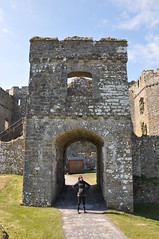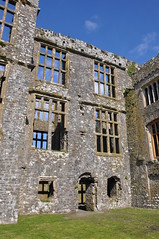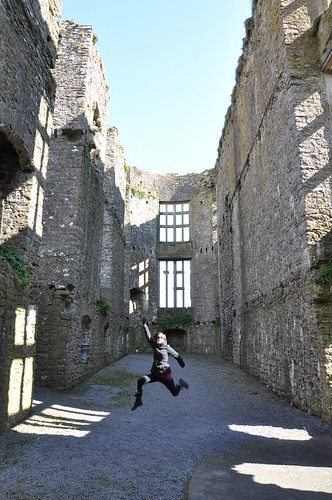This was our second visit to Wales – last time we saw a bunch of castles in North Wales, so we thought we should see some in the south too.
The first castle we went to was Pembroke Castle, birthplace of Henry VII. In its history it had seen a few battles. The original earth and timber castle was built in 1093, and withheld a Norman invasion. The impressive stone castle that currently stands was built in 1189.
The outer wall is 5 metres thick in places and was defended by a large twin-towered gatehouse, barbican and a few round towers around the walls. During the troubled reign of King Charles I, the castle was attacked in turn by both Royalist and by Roundheads as the sympathies of its occupants altered. In the latter stages of the struggle an attacking force was led by Cromwell himself.
The key feature of the castle is the huge round keep in the middle which has very few windows and a dome roof. It’s huge!
And the view from the top!
Underneath the castle is just as interesting as the castle above. Down a 55-step spiral stairwell is a large limestone cave, known as Wogan Cavern. The cave, which was created by natural water erosion, was fortified with a wall, barred gateway and arrowslits. It may have served as a boathouse or a sallyport to the river where cargo or people could have been transferred.
Overall, a pretty cool castle. But onto the next one!
Carew Castle is more dilapidated than Pembroke, but striking none-the-less. It’s gone through many changes over the centuries.
The castle was originally a Norman keep in 1100, and its location next to the picturesque inlet would’ve been very strategic position. The Norman stuff only exists in the middle of the castle now. Look how little some of the doors are!
In the 12th century, a Great Hall was built and surrounded by stone walls incorporating the original Norman keep.
In the 16th century, the owner at the time, Rhys ap Thomas, became a knight of Henry VIII’s court, started a large set of Tudor style extensions, fell out of favour with Henry VIII and was promptly executed. The new owner completed the extensions. They must have been quite stunning by the time all the work was done!
Most of the castle is in a Tudor style – the large windows are an obvious indication of this.
The castle’s demise started in the 17th century. In the Civil War, the castle was refortified by Royalists although south Pembrokeshire was strongly Parliamentarian. After changing hands three times, the south wall was pulled down to render the castle indefensible to Royalists. The castle was left to decay, and in 1984 got an influx of funding for tourism.
We had a great day visiting these castles. It might’ve still been freezing (those gloves didn’t come off all day) but it was great to wander around.




